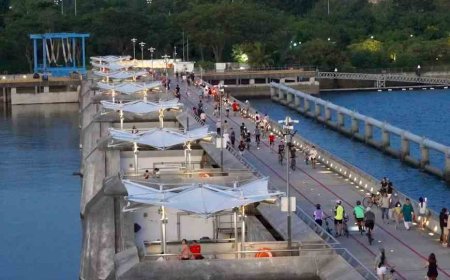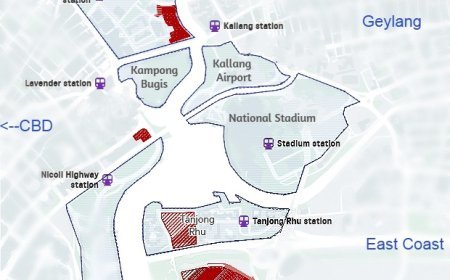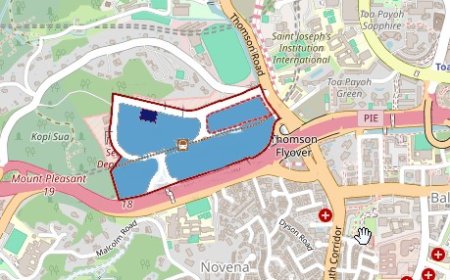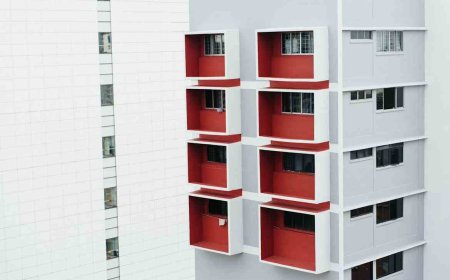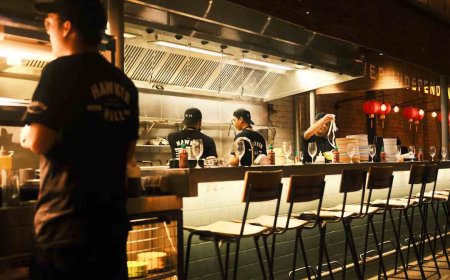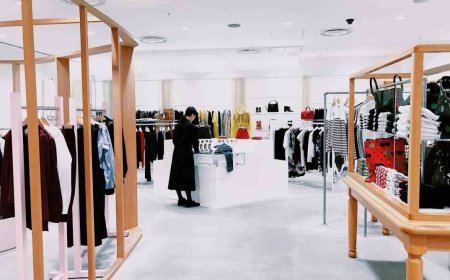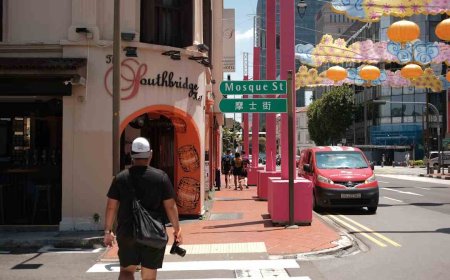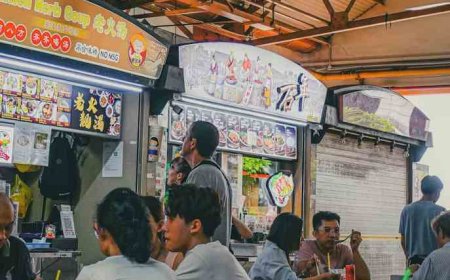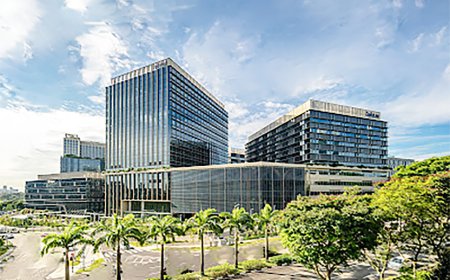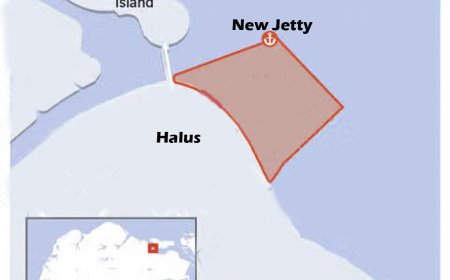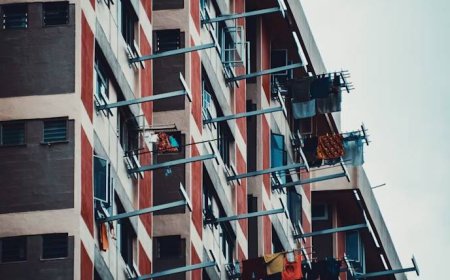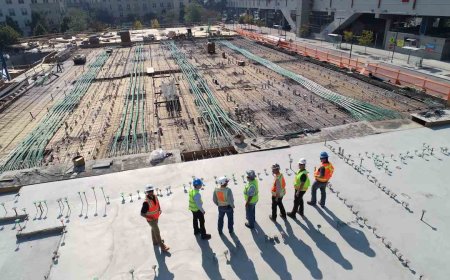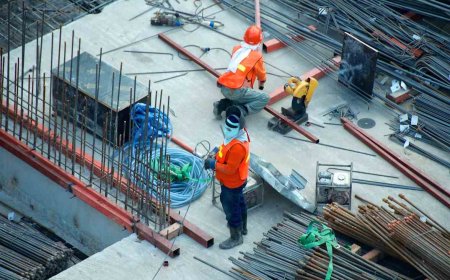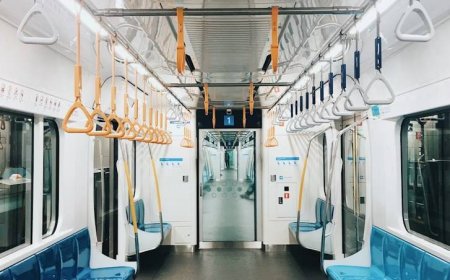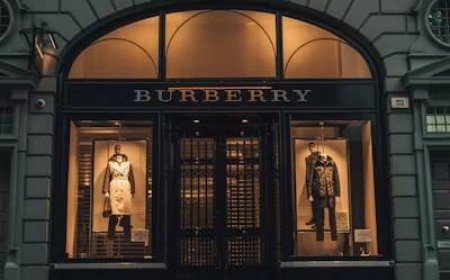The Complexities of Hawker Stall Subletting
Explore the ongoing subletting of hawker stalls in Singapore despite a decade-long ban. Understand the impact on food prices, entrepreneurship, and hawker culture, along with regulatory enforcement and market trends.
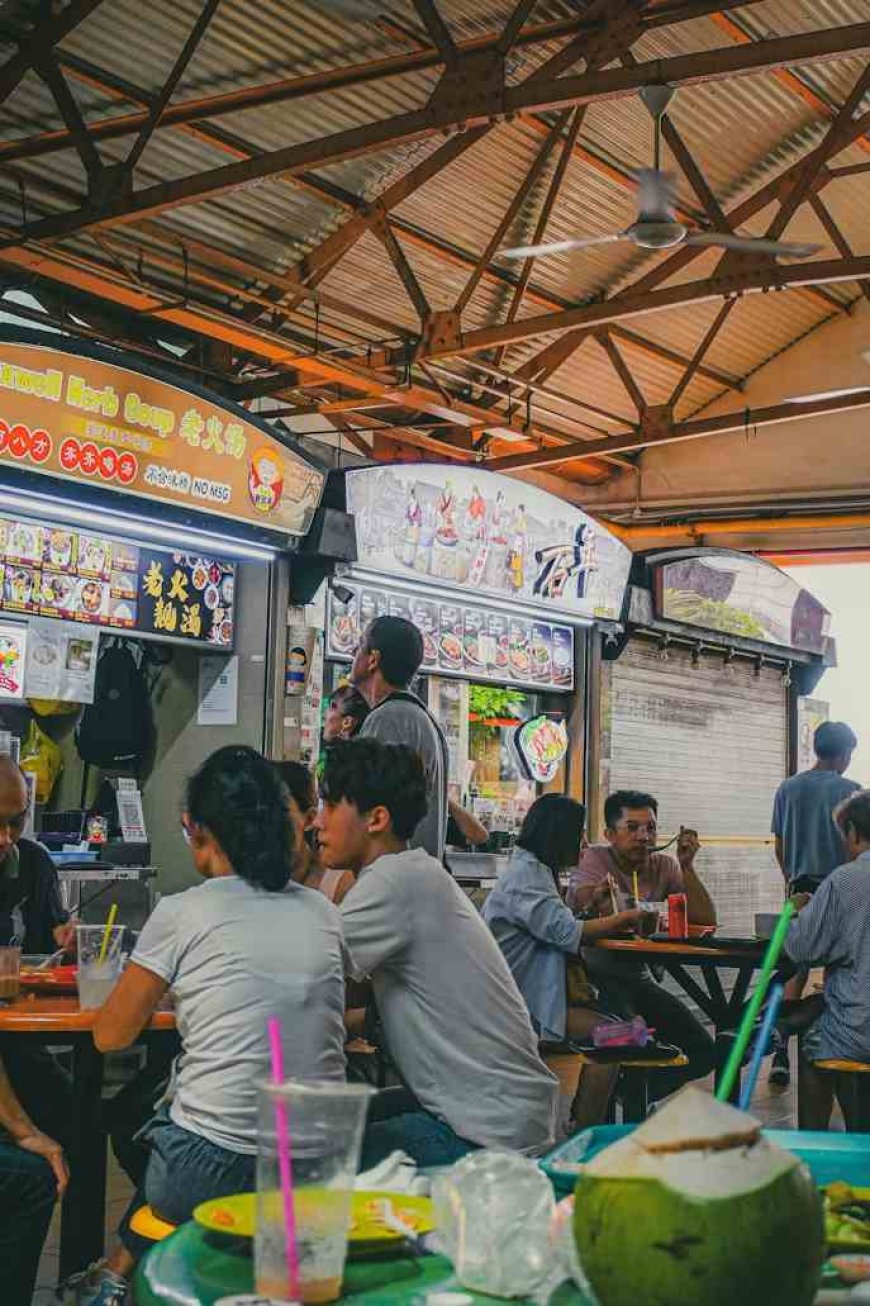
A Persistent Challenge Despite Decade-Long Ban
Since 2012, Singapore has prohibited the subletting of hawker stalls, aiming to preserve affordable food options and support genuine small-scale entrepreneurship. However, this regulation has not fully eliminated the practice. Subletting continues, driven by limited stall availability, competitive bidding, and regulatory loopholes. Observers note that while subletting offers financial opportunities for older stallholders, it poses challenges to the integrity and affordability of hawker culture.
Limited Availability Fuels Subletting
Hawker centres are designed to provide accessible opportunities for small-scale food entrepreneurs, but the scarcity of prime stalls has created a thriving informal subletting market. For many aspiring hawkers, bidding through the official National Environment Agency (NEA) process often proves difficult. Stalls in high-traffic locations, which attract more customers, are typically held by long-standing vendors who are not planning to retire soon. Consequently, many newcomers seek under-the-table arrangements to secure a viable business location.
For example, popular hawker stalls in Chinatown can command informal subletting fees as high as S$8,000 per month, while less busy locations may cost S$2,000. By contrast, median rents for non-subsidised stalls have hovered around S$1,250 monthly from 2015 to 2023, and subsidised rents remain significantly lower, ranging from S$192 to S$384 monthly.
Impact on Food Prices and Entrepreneurship
Economists and policy analysts caution that subletting may inadvertently alter the pricing structure of hawker food. When sublessees pay high rental fees, they often pass on the cost to consumers, resulting in higher food prices. A typical plate of chicken rice, for instance, may sell for S$5 to S$6 at sublet stalls compared with the national average of S$3.80 in 2023.
Moreover, subletting challenges the original intent of hawker centres: to nurture entrepreneurship, preserve hawker heritage, and provide affordable food. Allowing private rental arrangements could attract commercially driven vendors similar to those operating in food courts, potentially undermining the cultural and social objectives of hawker centres.
Regulatory Measures and Enforcement
The NEA has established rules requiring stallholders or registered operators to operate their stalls for at least four hours daily. Enforcement remains complex, as subletting is often conducted discreetly. Investigations include repeated inspections, photo documentation, and interviews before penalties are applied. In 2024, NEA warned over 230 stalls for non-compliance, resulting in tenancy terminations or resumption of personal operations.
However, some stallholders attempt to bypass regulations by registering sublessees as workers, while remaining nominally in charge of the stall. Authorities continue to monitor such practices, balancing enforcement with consideration for older hawkers who may have valid reasons for temporarily delegating operations.
Economic Motivations Behind Subletting
For veteran hawkers, subletting provides a source of passive income, particularly for those who have spent decades in the trade. Informal arrangements can help retirees cover living expenses while enabling new entrants to operate a business without bearing the high initial costs of official tenders.
Subletting also occurs through private takeovers, where buyers negotiate directly with the stallholder and pay a transfer fee. Some takeovers involve sums exceeding S$80,000 for well-established stalls. These arrangements, though lucrative for stallholders, present entry barriers for younger entrepreneurs due to high upfront costs.
Effects on Market Dynamics
The prevalence of subletting has created competitive pressures for legitimate bidders. With many prime stalls either sublet or held by older operators, newcomers face limited options, often restricted to stalls with specific cuisine designations or less desirable locations. This dynamic raises concerns about fairness, affordability, and equitable access to Singapore’s hawker ecosystem.
Cultural and Social Considerations
Despite its challenges, subletting can have positive effects by maintaining a diverse culinary landscape within hawker centres. For example, stalls that would otherwise remain inactive can continue serving customers, preserving the vibrancy of hawker culture. However, if left unchecked, the practice could incentivize commercially oriented vendors at the expense of affordability, potentially eroding the original ethos of hawker entrepreneurship.
Examples of Subletting Trends
-
Stalls in Jurong West and Rochor have been advertised on online marketplaces with monthly rents ranging from S$2,900 to S$4,000.
-
Takeover listings in Toa Payoh have been reported with asking prices as high as S$168,888.
-
Subletting agreements allow older hawkers to earn passive income while younger operators manage daily operations.
FAQs on Hawker Stall Subletting
Q1: Is subletting hawker stalls legal in Singapore?
A1: No, subletting is prohibited under NEA regulations. Stallholders are required to operate their own stalls or have registered operators manage them.
Q2: Why do hawkers sublet their stalls?
A2: Subletting provides passive income for veteran stallholders and enables newcomers to access high-traffic locations that are otherwise unavailable through official tenders.
Q3: How does subletting affect food prices?
A3: High rental costs from subletting arrangements can lead to increased menu prices, potentially reducing affordability for consumers.
Q4: What enforcement measures does NEA take?
A4: NEA conducts inspections, gathers photo evidence, and interviews stallholders to identify subletting cases. Violations can result in tenancy termination or resumption of personal operation requirements.
Q5: Are there alternatives to subletting for new hawkers?
A5: Yes, NEA tenders allow new entrants to bid for official stalls, although competition is intense and prime locations are often limited.
Conclusion
Subletting of hawker stalls in Singapore remains a complex and persistent phenomenon. While it provides financial relief for older stallholders and opportunities for new entrants, it also raises concerns regarding affordability, fairness, and the preservation of authentic hawker culture. Policymakers continue to navigate the delicate balance between enforcement and empathy, ensuring that hawker centres remain accessible while preserving their social and cultural objectives.
Algene Toh
Disclaimer: The information presented on BSR2.com is intended for general informational purposes only. It does not constitute legal, financial, investment, or real estate advice and should not be relied upon as such. While every effort has been made to ensure the accuracy, reliability, and completeness of the content at the time of publication, all data is derived from publicly available sources and may be subject to change without notice. BSR2.com makes no representations or warranties of any kind, express or implied, regarding the suitability, timeliness, or accuracy of the information provided for any specific purpose. Users are strongly encouraged to seek independent advice from qualified professionals before making any decisions based on the content found on this website. BSR2.com shall not be held liable for any loss, damage, or consequence, whether direct or indirect, arising from the use of or reliance on the information provided. The content is intended as a general guide and does not take into account individual circumstances.
What's Your Reaction?
 Like
0
Like
0
 Dislike
0
Dislike
0
 Love
0
Love
0
 Funny
0
Funny
0
 Angry
0
Angry
0
 Sad
0
Sad
0
 Wow
0
Wow
0
